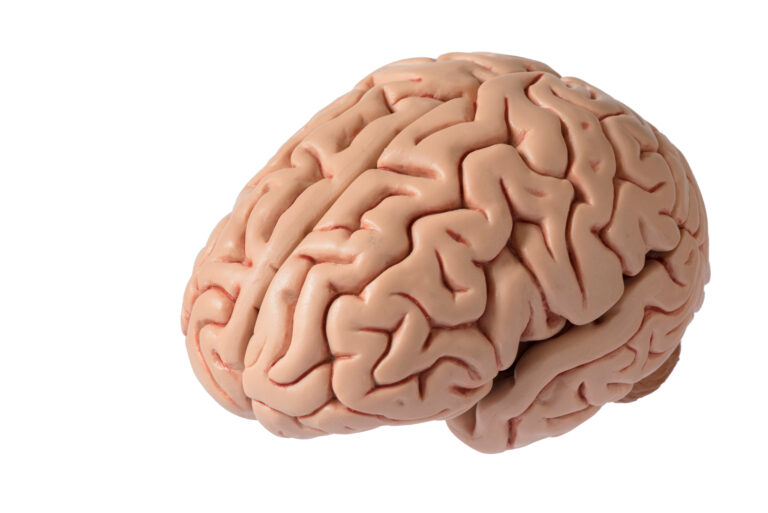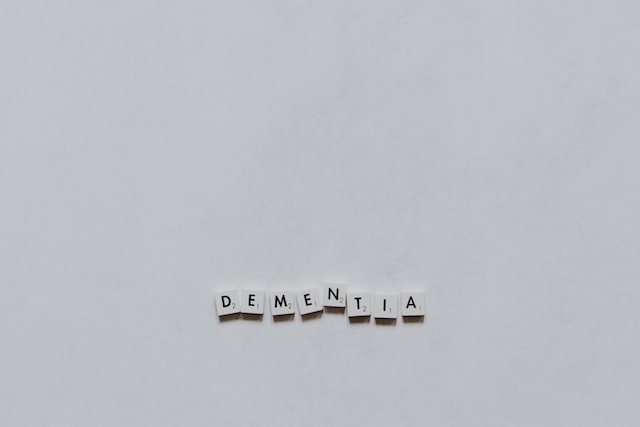In recent years, there has been a growing interest in the role of microglia in brain health. These tiny cells, which make up about 10-15% of the cells in the brain, were previously thought to be simply the “clean-up crew” of the brain, responsible for removing dead cells and debris. However, new research has shown that microglia play a much more crucial role in brain function than previously thought, and understanding their function could lead to breakthroughs in treating neurological disorders and improving overall brain health.
To fully understand the significance of this breakthrough, it’s important to first understand what microglia are and what they do. Microglia are a type of immune cell that reside in the central nervous system, including the brain and spinal cord. They are constantly moving and surveying their environment, looking for any signs of injury or infection. When they detect something abnormal, they become activated and start to respond.
The traditional view of microglia as the “clean-up crew” comes from their role in phagocytosis, the process of engulfing and breaking down dead cells and debris. This is important for maintaining a healthy brain environment, but it’s not their only function. Microglia also play a crucial role in immune defense by producing cytokines, small proteins that help regulate inflammation and fight off infections.
But perhaps most importantly, microglia have been found to play a vital role in shaping and maintaining the brain’s neural connections. These cells are constantly interacting with neurons and other glial cells, such as astrocytes, to regulate synaptic pruning, a process that eliminates unnecessary or damaged synapses in the brain. This is essential for proper brain development during early childhood, as well as for ongoing brain plasticity and learning throughout life.
So why is this breakthrough in understanding the role of microglia so significant? For one, it challenges the long-held belief that microglia are only involved in brain damage and disease. The new understanding of their role in brain function opens up a whole new avenue for research and potential treatments for a wide range of neurological disorders.
For example, studies have shown that microglia dysfunction may contribute to the development of neurodegenerative diseases such as Alzheimer’s and Parkinson’s. In these conditions, the microglia become overactivated and produce an excessive amount of cytokines, leading to chronic inflammation and damage to healthy neurons. By understanding how microglia contribute to these diseases, researchers can potentially develop targeted therapies to modulate their activity and prevent or slow down the progression of these debilitating conditions.
Furthermore, this breakthrough sheds light on the importance of maintaining a healthy brain environment. As we age, microglia become less efficient at their role in synaptic pruning, leading to an accumulation of unnecessary synapses. This has been linked to cognitive decline and age-related neurodegenerative diseases. With this new understanding of microglia’s role, researchers can now explore ways to enhance the function of these cells and promote overall brain health.
One such approach is through lifestyle changes. Research has shown that exercise, a healthy diet, and mental stimulation can all promote the production of growth factors that stimulate microglia function and support brain plasticity. Additionally, certain dietary compounds such as omega-3 fatty acids and flavonoids found in fruits and vegetables have been found to have anti-inflammatory effects on microglia.
Another potential avenue for promoting brain health through microglia is through the use of drugs that specifically target these cells. In fact, a recent study showed promising results in using a drug that activates a protein called PPAR-delta in microglia, which led to an improvement in cognitive function in aging mice.
In conclusion, the breakthrough in understanding the role of microglia in brain health is a significant step forward in neuroscience. It highlights the complex and dynamic nature of these tiny cells and their crucial role in maintaining a healthy brain environment. With further research and exploration into how to modulate microglia function, we may be able to develop new treatments for neurological disorders and promote brain health in individuals of all ages.





